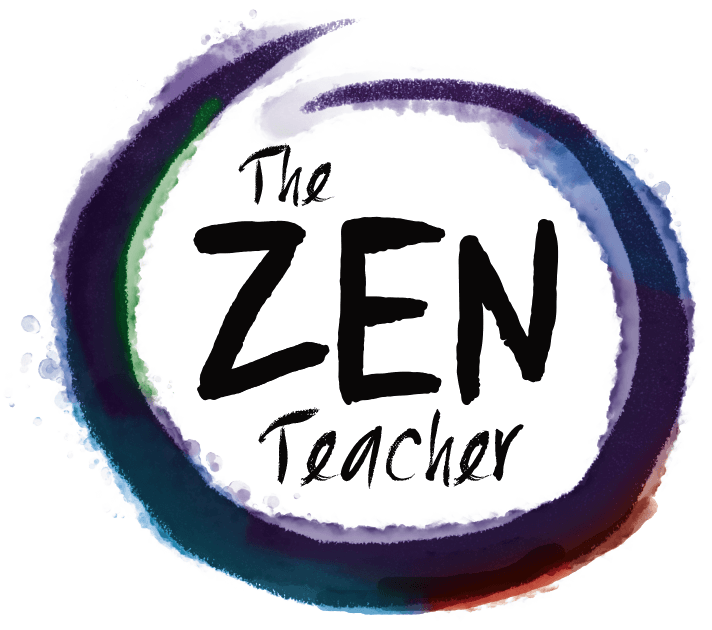As a profession, we are requiring our teachers to do things that are harder, less connected to genuine learning, and, most sadly, profoundly and unnecessarily complicated.
Case-in-point: Each semester our English department is required to administer a district-imposed writing assessment. The old district writing assessment–the one given when I was hired over twenty years ago–took one class period, was comprised of roughly three sheets of paper, and was hand scored. Grading the essays holistically for a class of thirty-two students took about twenty minutes.
The new assessment, which is to be administered over several days, comes in a fancy, multi-color packet with three articles, a writing prompt, and blank pages for planning and writing the essay. After we give it, the packet must be bubble-scored and then scanned into an on-line scoring system called Illuminate. Illuminate allows for the data to magically be converted into things like impressive bar graphs and colorful pie charts. And while it’s an important skill for students to learn how to read and annotate articles and write an essay synthesizing information from multiple sources, the assessment is so inorganic, so disruptive, so unengaging, and so stunningly irrelevant to what we’re doing in class that the odds of its data actually driving instruction are about as likely as me becoming the lead singer for One Direction.
So of course I used it as my final exam.
***
I’m not against change.
Nor am I against technology, high academic expectations, or our district’s authority.
But I am against complexity.
Especially when it’s unnecessary.
It’s also usually more expensive.
Unnecessary complexity is the enemy of learning, the antithesis of knowledge and understanding.
We need to rediscover the essence of what we’re doing.
We need to re-find our purpose.
As educators.
As an industry.
And then we need to use that purpose to re-connect to students.
And then take that purpose and tie it into actual learning.
What we need, after all, is simplicity.
The answer is not to add MORE to what students and teachers are expected to do, but to streamline, to pare, to subtract, to reduce. We should be eliminating the white noise, the merry-go-rounds, and the bells and the whistles. We should, as a mentor once told me, go narrow and deep. We should ask questions, carve out space to wonder and ponder, and give ourselves permission to attempt and fail. We should do these things, and not continue to test and score and aggregate.
And the irony is that true simplicity takes effort. And thought. And planning.
And it’s this effort, thought, and planning we’re being robbed of as we spend three and four of our 180 days administering The-Emperor’s-New-Clothes-of-An-Assessment that will tell the bean counters at the district little or nothing, and will tell teachers in our English department even less. The word on the street is that the district doesn’t even plan to look at it. This is just one example of the overwhelming complexity we’re faced with in the modern American classroom that is suffocating our spontaneity and exploration and stifling our chance for genuine growth and learning.
So, as a Zen Teacher, I will be approaching the new semester with an eye toward reduction, toward doing only that which is necessary. I will work toward creating the time, giving students the space, and allowing myself the energy to create genuine, organic learning.
But I’ll do it by concentrating on less, not more.
So as I spend my classroom hours doing the requisite hoop-jumping, I will still create my own sense of focus in the classroom, fine tune my lessons down to their essence, and provide my students with the beauty and the joy of an educational experience comprised of purity and clarity.
So if the question is, How should I approach second semester?
The answer is: simple. TZT
